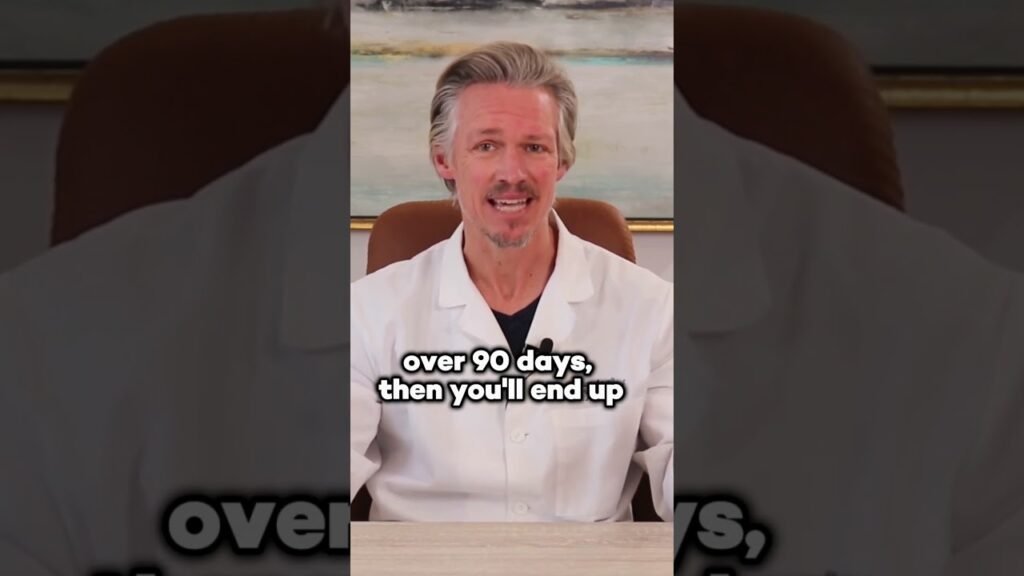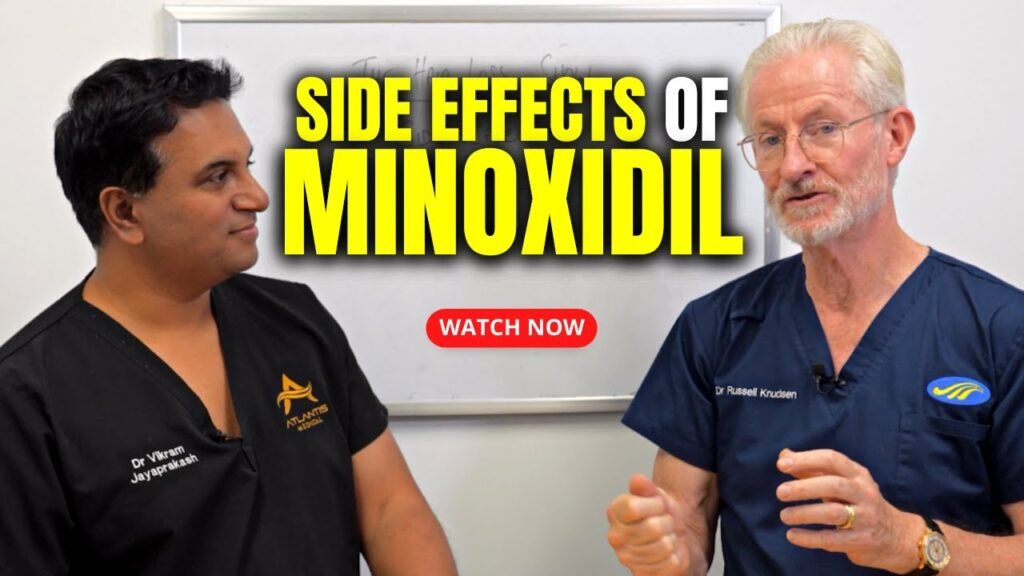Understanding Minoxidil: What Is It and How Does It Work?
Minoxidil is a popular over-the-counter medication primarily used to treat hair loss and promote hair regrowth. Originally developed as an oral medication for high blood pressure, it was discovered that one of the side effects was increased hair growth. This led to the development of topical minoxidil formulations specifically designed for combating hair loss. Available in various strengths, minoxidil is commonly found in products like Rogaine and is approved by the FDA for use in both men and women experiencing pattern baldness.
How Does Minoxidil Work?
The exact mechanism by which minoxidil promotes hair growth is not fully understood, but it is believed to work by stimulating hair follicles and increasing blood flow to the scalp. Minoxidil acts as a vasodilator, which means it widens blood vessels, potentially improving the delivery of nutrients and oxygen to hair follicles. This increased blood circulation can help to revitalize shrunken hair follicles, extend the growth phase of the hair cycle, and increase the size of hair follicles, resulting in thicker and longer hair strands.
Application and Effectiveness
Minoxidil is typically applied directly to the scalp in areas where hair thinning or balding is noticeable. It is important to follow the recommended application instructions, usually twice a day, to achieve optimal results. Users may start to see visible hair growth within three to six months of consistent use. However, it is crucial to maintain regular application, as discontinuing the treatment can lead to a reversal of hair growth benefits. While minoxidil is effective for many users, individual results can vary, and some people may experience side effects such as scalp irritation or unwanted facial hair growth.
Immediate Effects: What Happens When You Stop Using Minoxidil?
When you stop using minoxidil, one of the most noticeable immediate effects is the potential shedding of hair. Minoxidil works by prolonging the growth phase of hair follicles, and discontinuation can lead to the reversal of these effects. Hair shedding may occur as the hair returns to its natural growth cycle, which can be distressing for users who have seen significant improvements during treatment. This shedding typically starts within a few weeks after stopping the application and can last for several months.
Another immediate effect to consider is the potential for scalp irritation to subside. While using minoxidil, some individuals experience side effects such as dryness, itching, or flaking of the scalp. Once you stop using the product, these symptoms often begin to diminish, providing relief from any discomfort. However, it is essential to monitor your scalps condition, as any persisting irritation may require attention from a healthcare professional.
For some users, the cessation of minoxidil may also lead to a change in hair texture. During treatment, hair might feel thicker or more voluminous due to the stimulation of hair follicles. When minoxidil use is halted, the hair may gradually return to its previous texture and density. This change can be subtle but noticeable to those who have been using the treatment for an extended period. Understanding these immediate effects can help set realistic expectations and prepare for any adjustments needed in your hair care routine.
Long-Term Consequences: Hair Loss After Discontinuing Minoxidil
When individuals decide to discontinue the use of Minoxidil, a topical treatment widely used for stimulating hair growth, they often face the unsettling prospect of hair loss. One of the most immediate long-term consequences of stopping Minoxidil is known as «shedding,» where users may notice a significant increase in hair loss. This is because Minoxidil works by prolonging the anagen phase of hair growth, and once the treatment is halted, the hair follicles may return to their natural cycle, which can result in the loss of the newly grown hair.
Another potential long-term consequence is the reversion to the baseline state of hair density. For many users, Minoxidil not only helps in regrowing hair but also in maintaining existing hair. Once the treatment is stopped, the protective effect of Minoxidil ceases, and users may notice a gradual thinning of hair, potentially returning to the levels experienced before starting the treatment. This is particularly concerning for individuals who have used Minoxidil for an extended period, as the contrast in hair volume can be quite stark.
Moreover, the psychological impact of hair loss after discontinuing Minoxidil can be significant. Many individuals who have experienced positive results with the treatment may find the return of hair thinning distressing. The emotional stress associated with losing hair again can lead to decreased self-esteem and confidence. Its important for users to be aware of these potential outcomes and consider them carefully when deciding whether to stop using Minoxidil.
Expert Advice: How to Manage Hair Health After Stopping Minoxidil
When you decide to stop using Minoxidil, it’s essential to adopt a comprehensive approach to maintaining your hair health. Experts recommend gradually phasing out the treatment rather than stopping abruptly, as this can help minimize the risk of sudden hair shedding. Incorporating a balanced diet rich in vitamins and minerals, particularly those known to support hair health like biotin, zinc, and iron, can significantly aid in maintaining hair strength and vitality. Consider consulting a nutritionist to tailor a diet plan that supports your specific hair needs.
Adopt a Gentle Hair Care Routine
Switching to a gentle hair care routine is crucial when transitioning off Minoxidil. Experts advise using sulfate-free shampoos and conditioners that are formulated to nurture and protect your hair without stripping away its natural oils. Avoid excessive heat styling and harsh chemical treatments, which can exacerbate hair weakness. Instead, opt for air-drying whenever possible and use a wide-tooth comb to detangle hair gently. Regularly trimming your hair can also help prevent split ends and maintain a healthier appearance.
Incorporate Scalp Massages and Natural Treatments
To promote circulation and support hair health after discontinuing Minoxidil, scalp massages are highly recommended by experts. These can be done using your fingertips or with the aid of a scalp massager, and they can help stimulate blood flow to the hair follicles. Additionally, natural treatments such as applying essential oils like rosemary or peppermint oil have been noted for their potential to support hair growth and overall scalp health. Make sure to patch-test any new products to avoid adverse reactions, and consider consulting a dermatologist for personalized advice.
Alternatives to Minoxidil: Exploring Other Hair Loss Treatments
For those seeking alternatives to Minoxidil for hair loss treatment, there are several other options to consider, each with its own set of benefits and mechanisms. One popular choice is Finasteride, an oral medication primarily used to treat male pattern baldness. Finasteride works by inhibiting the conversion of testosterone to dihydrotestosterone (DHT), a hormone linked to hair follicle shrinkage. While effective for many, its important to note that Finasteride is typically recommended for men and may not be suitable for women, particularly those who are pregnant or planning to become pregnant.
Natural and Non-Medical Treatments
For those interested in more natural or non-medical approaches, nutritional supplements like biotin, zinc, and saw palmetto are often explored for their potential to support hair health. Although scientific evidence on their efficacy varies, these supplements are widely used by individuals seeking to improve their hair condition without prescription medications. Additionally, scalp massage and the use of essential oils such as rosemary and peppermint have gained popularity for their potential to stimulate blood circulation to the scalp, which may promote healthier hair growth.
Advanced and Professional Treatments
In recent years, advanced treatments such as Platelet-Rich Plasma (PRP) therapy have emerged as promising alternatives. PRP involves drawing a small amount of the patients blood, processing it to concentrate the platelets, and then injecting it into the scalp. The growth factors in PRP are believed to stimulate hair follicles and improve hair density. Another professional option is low-level laser therapy (LLLT), a non-invasive treatment that uses laser light to stimulate hair growth. Available in clinics and through at-home devices, LLLT is considered safe and painless, offering a convenient alternative for those seeking to enhance hair thickness and volume.


